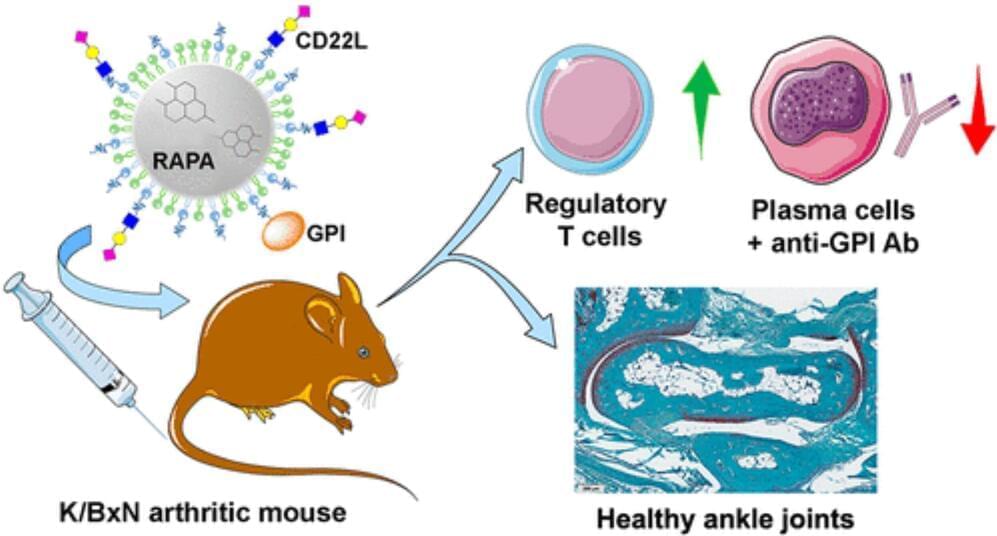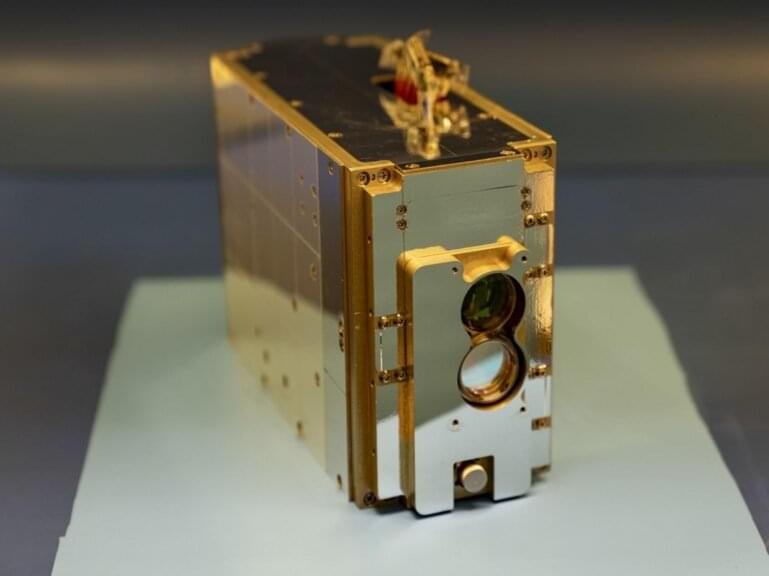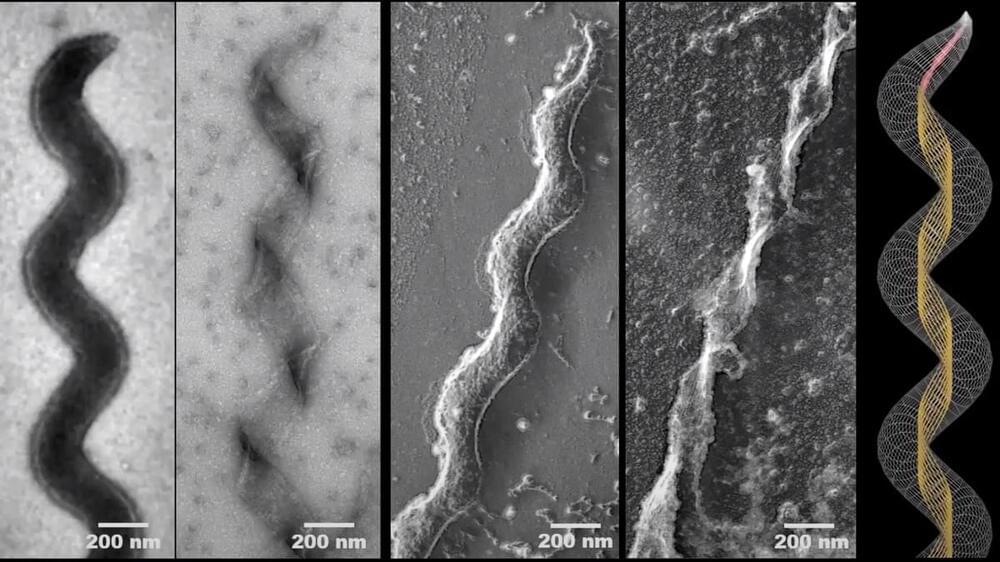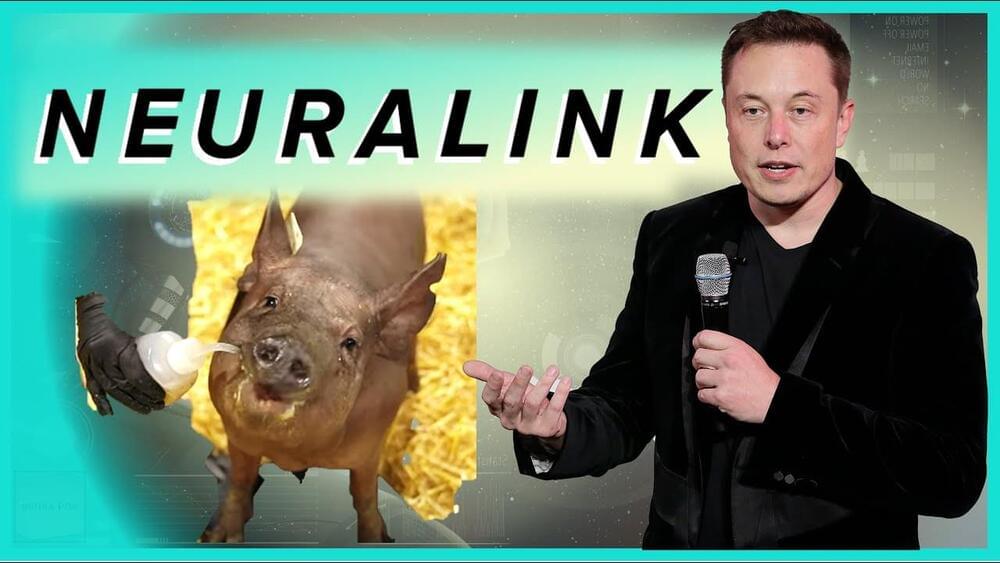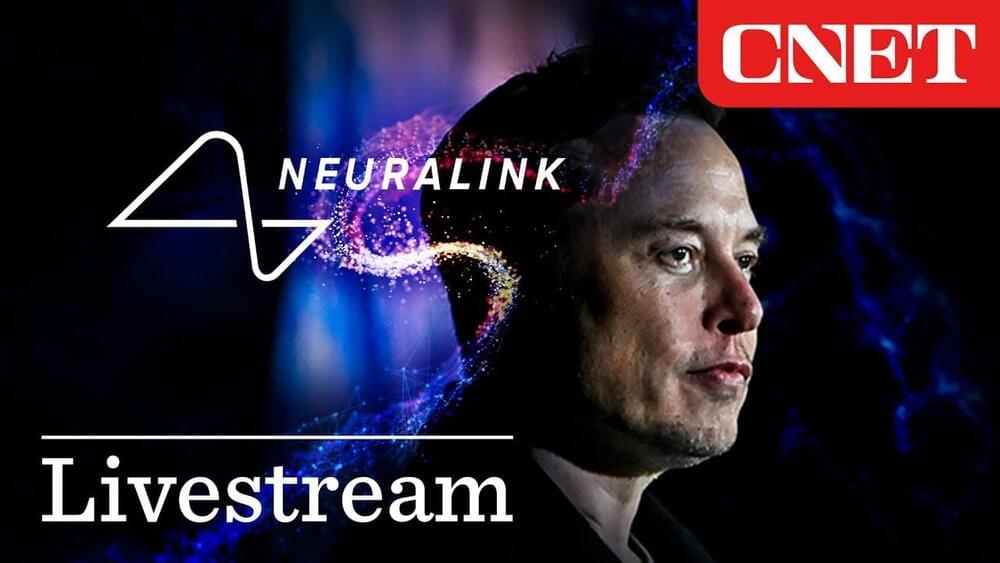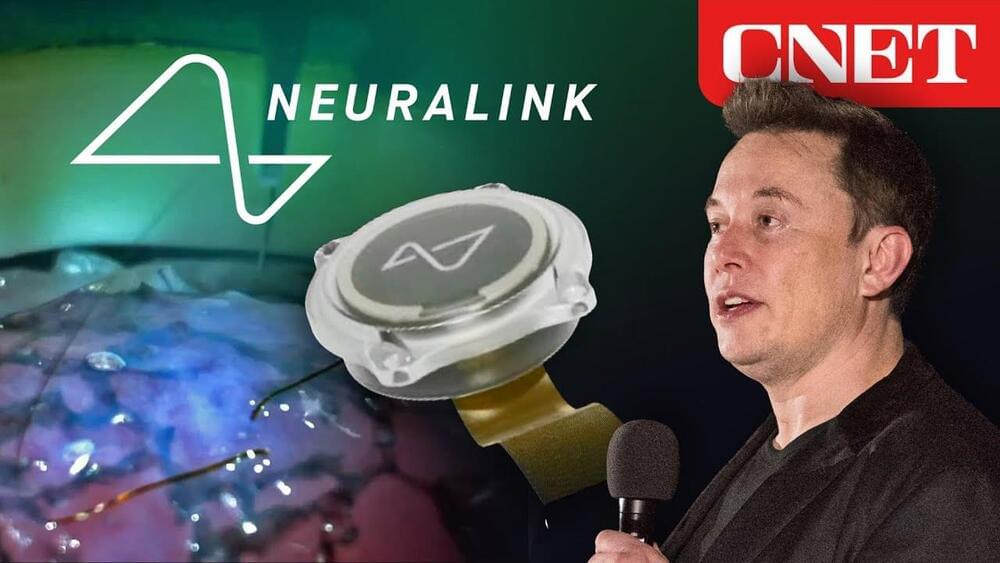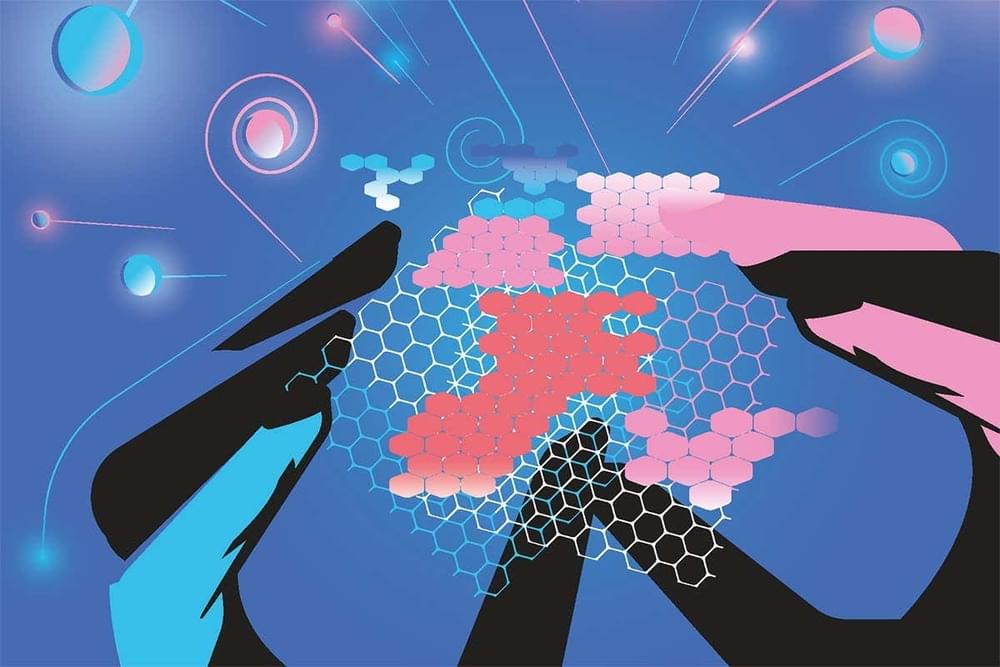
IT WAS March 2018. The atmosphere at the annual meeting of the American Physical Society at the Los Angeles Convention Center was highly charged. The session had been moved to the atrium to accommodate the crowds, but people still had to cram onto the balconies to get a view of the action.
Rumours had it that Pablo Jarillo-Herrero, a physicist at the Massachusetts Institute of Technology, had something momentous to report. He and his colleagues had been experimenting with graphene, sheets of carbon just a single atom thick that are peeled from the graphite found in pencil lead. Graphene was already celebrated for its various promising electronic properties, and much more besides.
Here, Jarillo-Herrero showed that if you stacked two graphene sheets and twisted, or rotated, one relative to the other at certain “magic angles”, you could make the material an insulator, where electric current barely flows, or a superconductor, where current flows with zero resistance. It was a staggering trick, and potentially hugely significant because superconductivity holds promise for applications ranging from quantum computing to nuclear fusion.

